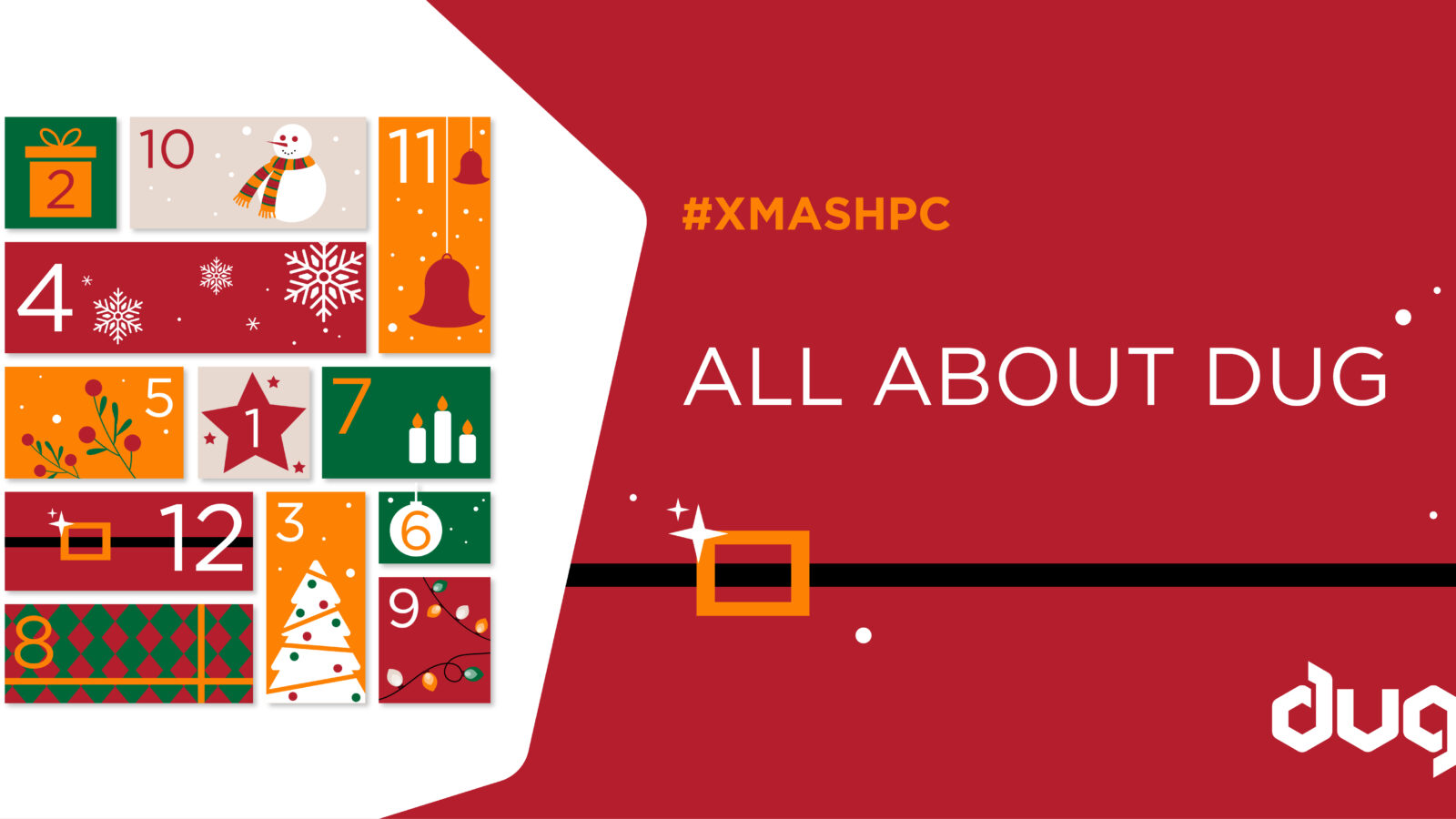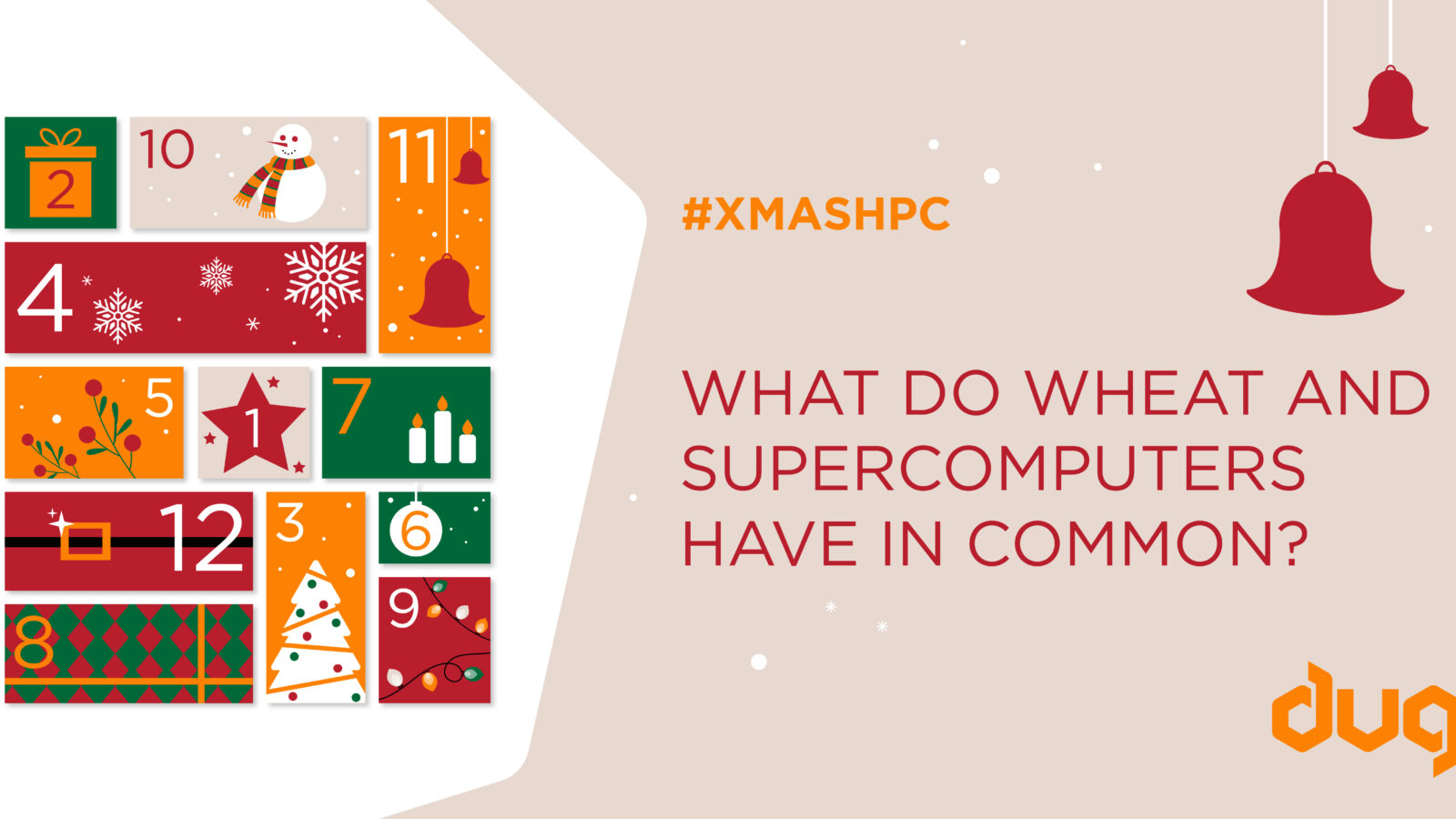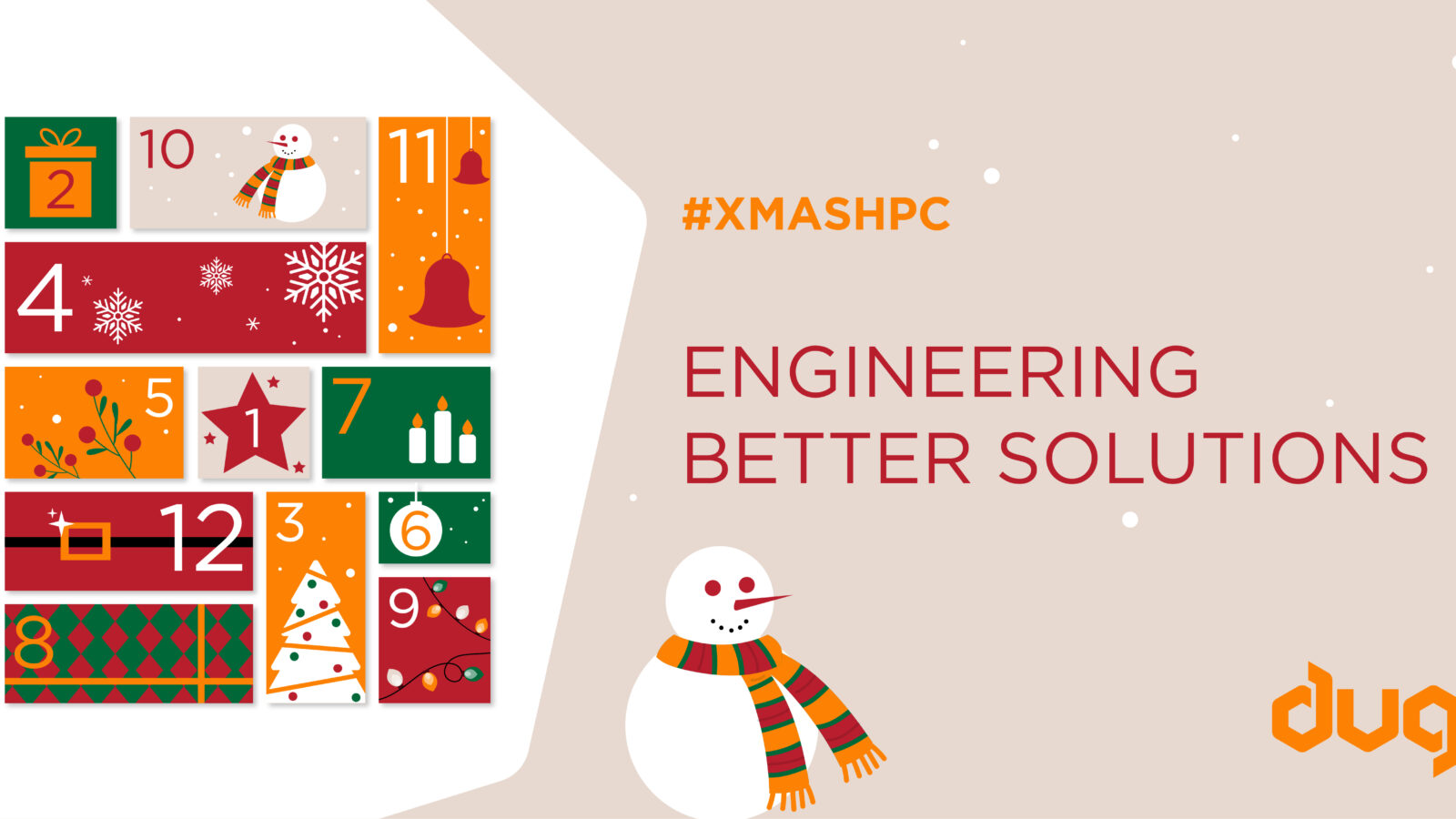Unlocking the door to practical quantum computing has been the overarching goal of quantum physicists in recent years.
Quantum computers – unlike traditional computers based on classical physics – harness the properties of quantum physics to solve complex calculations that could transform myriad research sectors such as energy, artificial intelligence, chemistry and medicine. To learn more about quantum computing, check out this article.
In the spooky world of quantum computing, information is conveyed via “spins”, or qubits (Classical computers store data as either 0s or 1s). Qubits that use the quantum properties of electrons in silicon devices offer great potential for developing compact and robust quantum computers that take advantage of the existing silicon-microchip industry. But qubits are fickle and fragile, rendering quantum operations prone to errors, and achieving error rates low enough to make quantum silicon devices feasible remains a daunting challenge.
Now, in a historic moment, researchers at the University of New South Wales (UNSW) have solved a major piece of the puzzle. They’ve proven that virtually error-free quantum computing is possible, laying the groundwork for silicon-based quantum devices compatible with current semiconductor manufacturing technology.
Little room for error.
Published in Nature and led by UNSW’s Professor Andrea Morello, the new paper describes quantum operations that are 99% error-free.
To reach a significant scale, error-correction schemes are typically deployed in quantum technologies to compensate for the delicate nature of quantum states. However, these schemes are only significant when the error rates are kept adequately low (below 1%) – this allows the scheme to detect and correct the errors faster than they appear. And when that threshold is crossed, it is possible to build quantum computers that have sufficient scale, and enough power, to handle meaningful calculations.
Bringing universal quantum computers to life.
By entangling an electron with two nuclei of phosphorus atoms in an extremely isolated environment, the international team of researchers were able to preserve quantum information in silicon for a significant period – a million times longer than some Google and IBM superconducting quantum computers – while enabling them to interact with each other.
When interactions between the qubits are possible, so are computations. “If you have two nuclei that are connected to the same electron, you can make them do a quantum operation,” explained Mateusz Madzik, one of the lead authors of the paper. “While you don’t operate the electron, those nuclei safely store their quantum information. But now you have the option of making them talk to each other via the electron, to realise universal quantum operations that can be adapted to any computational problem.”
This study shows promise to bring to fruition the goal of a “universal quantum computer”, which is not specific to any one application. Having achieved the goal of maintaining operations with error rates below 1%, researchers can now work towards designing silicon-based quantum processors that are scalable and practical in tackling some of humanity’s biggest conundrums that demand Herculean computation efforts.
Perhaps one of the most encouraging aspects of this work is the compatibility of the technology with the existing semiconductor industry. In particular, the phosphorus nuclei can be introduced into the silicon-based quantum chip using ion implantation – a ubiquitous process used in the manufacture of conventional silicon computer chips. This solves some problems concerning the production of these chips, bringing scalable quantum-information processing even closer to reality.
The pieces of reliable quantum computing are coming together.
Professor Morello’s latest paper is one of three published in a Nature issue on the same day, showing that practical and reliable quantum computing is within grasp, very soon.
All three studies report demonstrations of qubit operations in silicon devices with fidelities (mathematical prescription to quantify the degree of similarity between two quantum states, i.e. the higher the better) above the threshold of one of the most popular quantum error-correcting codes.
While Professor Morello’s study used phosphorus atoms embedded into a silicon lattice as qubits, the other two studies – one performed by a team from the Netherlands and another by a team from Japan – used silicon and silicon-germanium quantum dots as qubits. These are tiny traps made out of semiconductors that house a single electron. Information can be encoded into the qubits by manipulating the electrons’ spin, a fundamental property of elementary particles.
Adding more qubits to these systems is certain to complicate matters, while maintaining the same fidelities in larger systems and finding ways to connect qubits across large systems are anything but tall orders. Though many challenges still lie ahead, it’s exciting to see the nascent quantum industry starting to spread its wings.




































